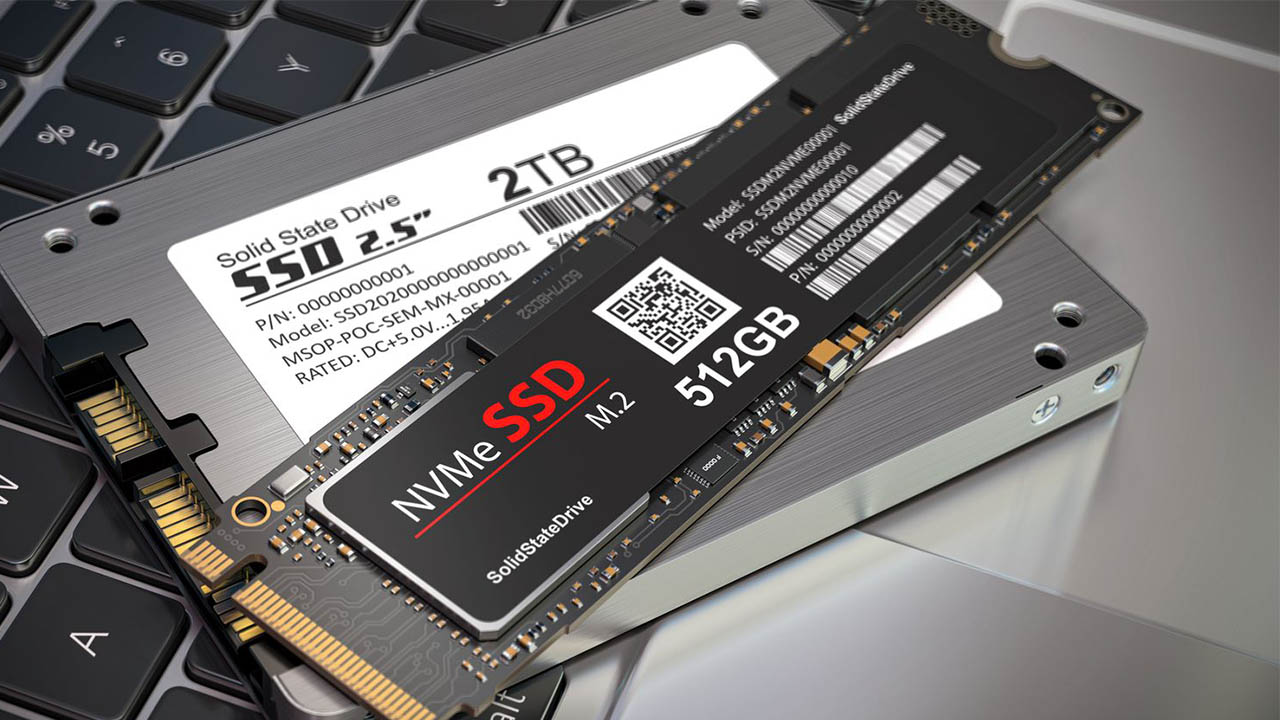Storage hardware such as SSDs and flash memory based on NAND flash technology may experience an unexpected decline. After the market volume has been growing for the past two years, demand is set to fall across 2024. How will this affect hardware prices?
Demand will decline in the NAND flash storage market
According to a new report published by TrendForce, the NAND flash memory market is facing great uncertainty. With demand growth expected to slow in the second half of this year, companies are likely to reduce production and lower profit expectations.
Having seen price increases in the first quarter, many suppliers are looking to increase profitability for the full year. In this context, they significantly increased production in the first months of the year. South Korean manufacturers Kioxia and Western Digital led the way in this regard, with capacity utilization rates approaching 90 percent.
However, TrendForce believes that stock levels at PC and smartphone makers have become adequate after the first quarter’s growth. With manufacturers such as Kioxia and WD running low on stock, orders may not meet expectations unless demand growth continues.
The report now predicts that the pace of price increases will slow down and drop to 10-15 percent in the second quarter. There may even be no price increase in the third quarter. This slowdown will be due to reduced demand for NAND flash technology.
Kioxia wants to expand its 218-layer production capacity in 2025. This will allow the company to produce even more advanced 300-layer production and strengthen its position in the NAND flash technology market.














